The value and cultivation techniques of cherry blossoms
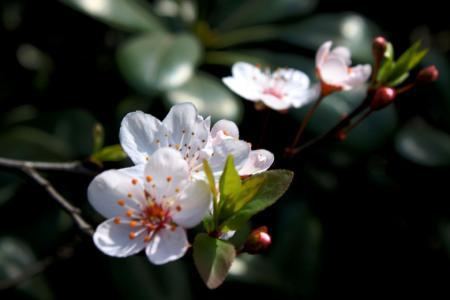
I have newly planted a red cherry tree in my garden, and I can enjoy a leisurely stroll around the flowers. Why should I follow the horse team and rush through the mud and rain at Qujiang? - Bai Juyi, Tang Dynasty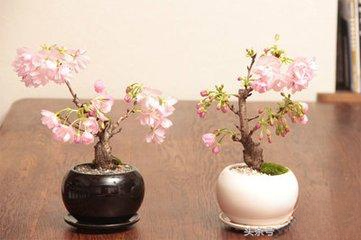
Cherry blossom is a general term for several plants of the genus Prunus in the Rosaceae family, with more than 300 varieties. There are about 150 wild cherry blossom species in the world, with more than 50 species. Among the approximately 40 wild species of cherry blossom plants in the world, 33 are native to Taiwan. The others are varieties derived from horticultural hybridization. Cherry blossoms are native to the temperate Himalayan region of the northern hemisphere, including Japan, northern India, Taiwan, Korea, and the Yangtze River Basin. During the Qin and Han dynasties more than 2,000 years ago, cherry blossoms were cultivated in palaces. In the Tang Dynasty, cherry blossoms were already common in private gardens. Cherry blossom trees in China generally include early cherry blossoms, late cherry blossoms, weeping cherry blossoms, Yunnan cherry blossoms and other varieties. Late cherry blossoms are widely used in domestic planting and landscaping. Cherry blossoms are an important flowering tree species in early spring and are widely used for garden viewing. Cherry blossoms can be planted in groups to form forests, or planted on hillsides, courtyards, roadsides, and in front of buildings. Cherry blossoms can also be used as roadside trees, hedges, or bonsai.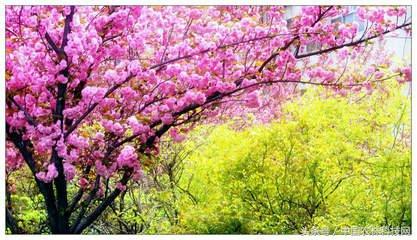
Cherry blossoms are deciduous trees. The tree height is about 1.05 to 25 meters. The bark is dark chestnut brown, and the bark of early cherry blossoms is white, smooth and shiny. The leaves are ovate to ovate-elliptical, with semi-mature teeth on the edges and no hair on both sides. The surface of the leaves is dark green and shiny, and the back is slightly lighter. The flowers are often placed with the leaves in March or bloom after the leaves. With the change of seasons, the color of cherry blossoms is fragrant and beautiful. Cherry blossoms can be divided into single petals and double petals. The single petals can bloom and bear fruit, while the double petals mostly do not bear fruit. The flowering period of early cherry blossoms is from January to December at the end of the year, and the flowering period of late cherry blossoms is from March to October at the end of the year. Generally, the flowering period of cherry blossoms is from March to May. The ridged fruit is spherical, black, and ripens in July. The bark and fresh young leaves of cherry blossoms can be used for medicinal purposes. Cherry blossoms have the effect of rejuvenating and brightening the skin, so cherry blossoms are often used as raw materials for skin care products. Cherry blossoms usually need to be extracted and refined into cherry blossom pink oil, which is often mixed to make lipstick.
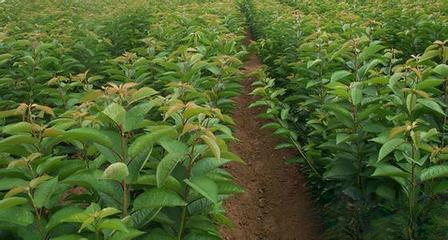
Cherry blossoms like warm and humid climates, require plenty of sunlight, are not tolerant to dampness, salt and alkali, avoid waterlogging, are cold-resistant and drought-resistant, and are afraid of strong winds and smoke during the flowering period. They are suitable for growing in loose, fertile, well-drained, slightly acidic or neutral sandy loam. The light and temperature growth is suitable for temperatures of 18 to 20 degrees Celsius. They can safely overwinter in the open field in the Central Plains. Newly planted seedlings in cold areas need to take cold prevention measures and gradually adapt, which is good for the normal growth and development of cherry blossoms. When the growth and development of newly planted plants are stable, their resistance to low temperatures will gradually increase.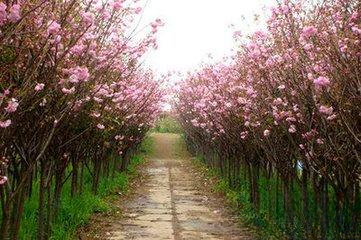
Cherry Blossom Seedling Cultivation Technique
1. Seeding and seedling raising: Generally, mature fruits are collected in May and June, mixed with wet sand and stored until sowing in the spring of the following year. Seeds that have not been stored in sand should be soaked in 40℃ warm water for 2-3 days before sowing, and the water should be changed once a day. After being picked out, they should be covered with film to accelerate germination. Some seeds can be sown after they turn white, and spring sowing and seedling raising is appropriate. Ditch sowing in March and April, with a row spacing of 30-40cm, sowing 60kg per mu, covering with soil about 2cm after sowing, and covering with film to increase temperature and moisture retention.
2. Cuttings: Sakura cuttings are not easy to root, so cuttings must be handled well. In January, before the cherry tree sprouts, cut the branches of the previous year, cut them into 30cm long cuttings, bury them in the soil with the top facing up, and dig them out for cuttings in about two months.
3. Grafting seedlings: Flowering varieties bred with new breeding technologies can use their wild parents as rootstocks, or species with high cutting survival rates as rootstocks. Not only do they have a high cutting survival rate, but they also grow rapidly. One-year-old cutting seedlings can reach a height of more than 1m. Cutting grafting is the preferred method of grafting, which can be done in the field or indoors; bud grafting can be done in late summer and early autumn. One-year-old cutting seedlings can be used as rootstocks, while seedlings as rootstocks generally require three-year-old seedlings.
4. Tillering and layering methods: Tillering is to dig out some sprouts directly from the rhizomes of cherry trees and transplant them to cultivate new plants. Layering is to bury the tillering branches at the root neck in the soil to take root before transplanting. Generally, grafted trees are layered.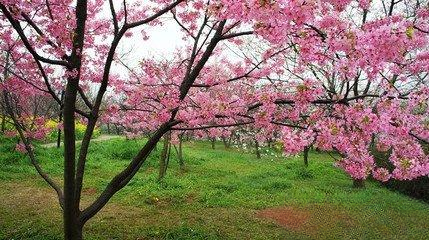
2. Cultivation and management
Cherry blossoms are usually transplanted in autumn, but in cold regions they are better planted in spring. They should be planted in wide squares, along roadsides, community courtyards, tourist attractions, scenic spots, etc.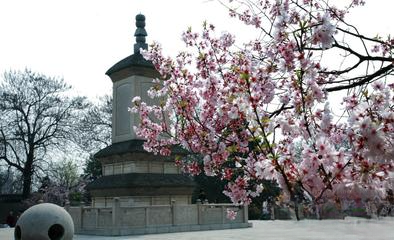
1. Dig holes and change the soil: The specifications of the planting holes depend on the size of the seedlings. When digging holes during land preparation, the heart soil needs to be removed and replaced with forest humus soil. Organic fertilizer should be applied to improve the soil. Soil that is too sticky will affect its air permeability and water permeability.
2. Root protection of seedlings: When introducing seedlings over long distances, careful preparations must be made for their transportation, storage and planting. In particular, the root system of the seedlings must be kept intact and moist, and they must be packed with soil balls or plastic bags with holes filled with wet moss.
3. Sterilization of incision: Management after planting can refer to general garden trees. The tree shape has a central main branch and a happy heart shape. Cherry blossoms are not tolerant to pruning. When layering, cutting and dividing, or shaping young trees, the incision should be disinfected with a preservative to prevent the invasion of pathogens.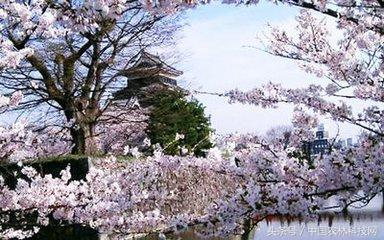
Source: Agricultural and Forestry Science and Technology Network